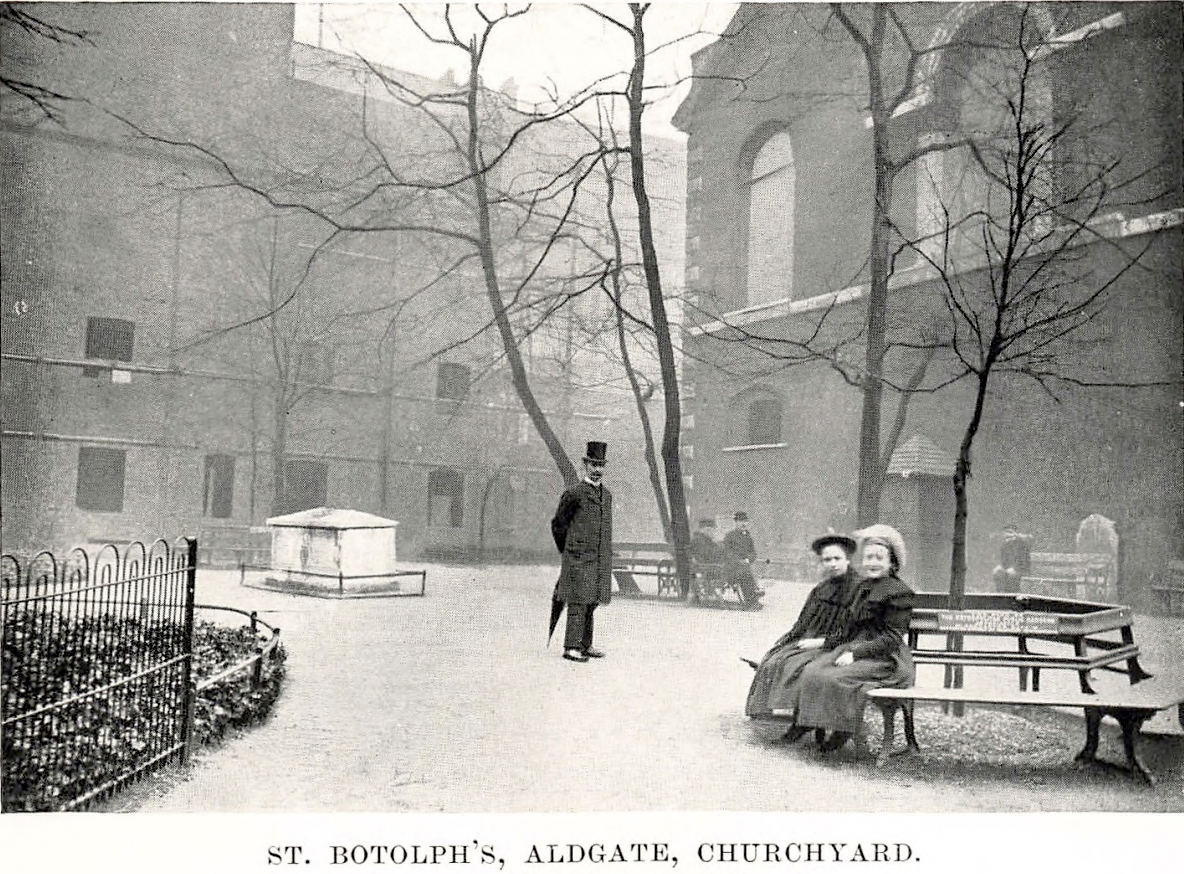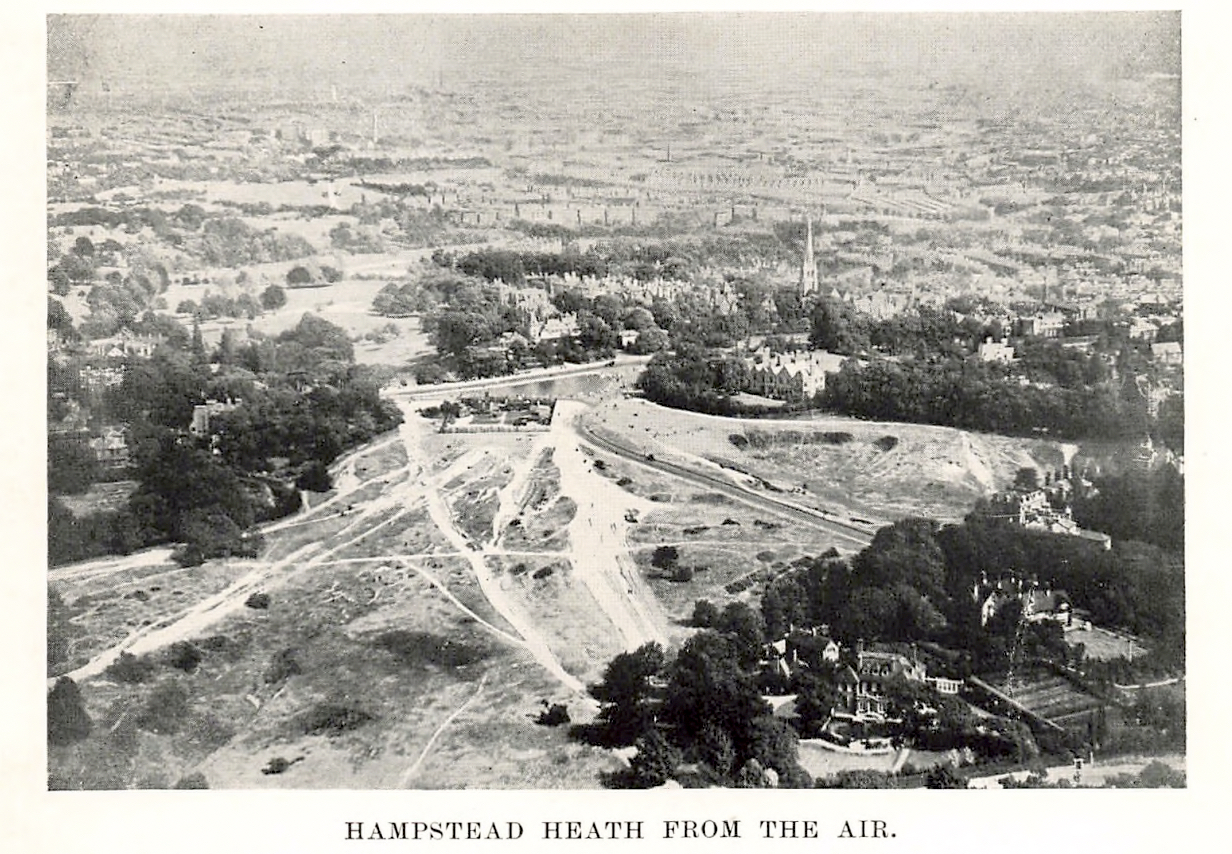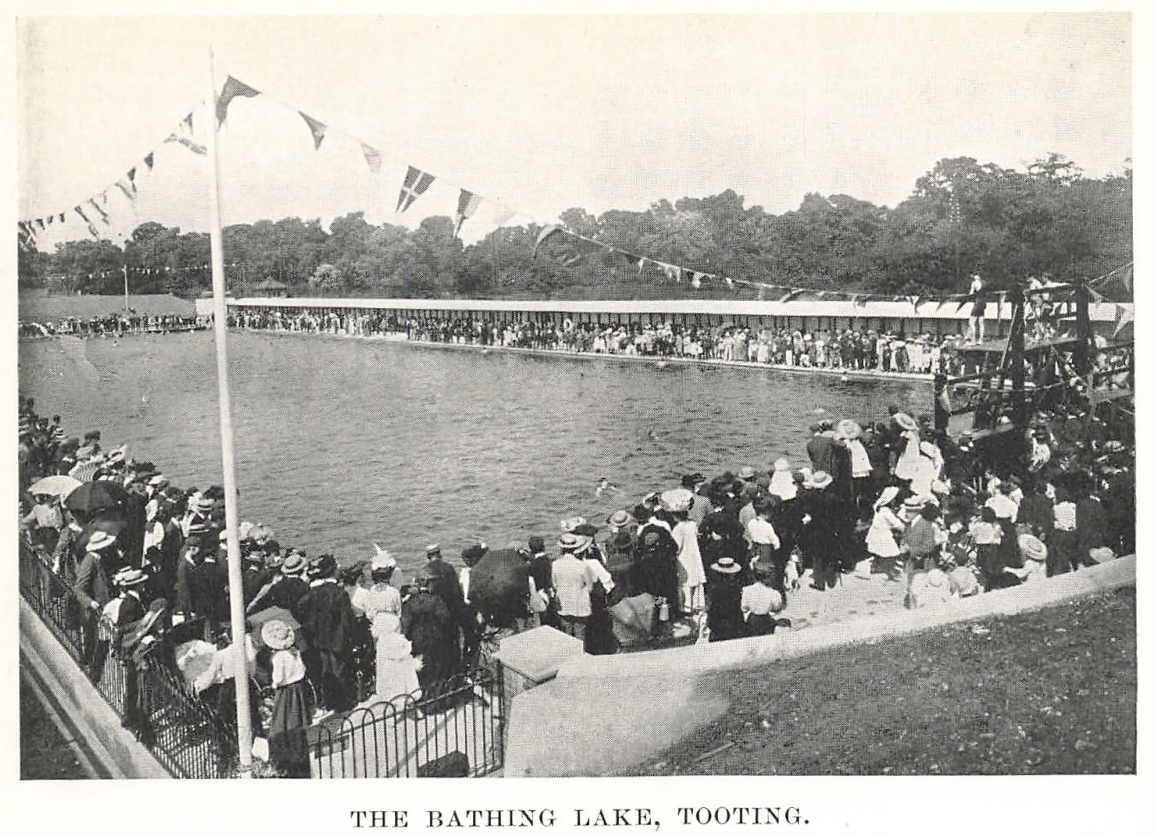Post
First London of the Future book revealed hopes for a revitalised capital
26 Jul 2023
We revisit the original London of the Future’s pages to find out how much of this vision became a reality.
With the launch of new book London of the Future, Mark Prizeman looks back at the London Society's first book, published more than one hundred years ago, which set out its aims and ideals for the city. These books are now very rare, and a quick search on Google revealed that they are selling for around £250.
In 1921, nine years after its foundation, the London Society published London of the Future, a thick hardback volume collecting the distilled thoughts of the Society.
Check out our rundown of upcoming events
At 280 or so pages, clearly printed with 39 illustrations and 12 plans and diagrams, London of the Future is not a difficult tome for the reader to digest.
The 18 essays are on a range of topics that work as a jigsaw, explaining the Society's vision of an ideal future for the whole of London. Edited and introduced by the eminent architect Sir Aston Webb, then chairman, it tells the reader how a group of concerned volunteers could look at a large metropolis and see clearly what needed to be done to make the future better.
Planning for a better future
To the current reader living in part of that realised future, it is an appropriate reminder of the clear aims that are once again being challenged, as London booms again. The current, revitalised London Society would be foolish to ignore this heritage of thought and the many surprising perceptions lurking in this simple book.
Join today and get priority booking here at The London Society
The authors had all witnessed in their lifetimes the aggressive transformation of polite Georgian London into a 20th-century megacity. Railways, industry and the docks, with an influx of people to house and feed, had turned the city into an uncontrolled monster. The suburbs were rapidly expanding and the heart of London was seen as becoming a place for hotels and commerce only.
The success of the London Society was on its ability to attract members from all political persuasions and allow them to discuss and debate solutions to the development of a greater London beyond the remit of the newly formed London County Council, from which many a member was recruited. The Society also managed to balance the rational with the romantic and so retained the ability to think like an artist and allow room to move and generate different ideas.
Who were the first contributors to London of the Future?
Of the 19 professional and/or titled all-male contributors, around half are architects, with surveyors, artists, businessmen and politicians making up the rest. At first glance, they represent the establishment and could be seen as out of touch, but on closer examination there emerges a genuine expertise. They are eminent because they are experienced, self-motivated people and not simply privileged.
The book has no biographies, rousing my curiosity about the people behind the camouflage of title and qualification. Obituaries for some are thin but a modest degree of research revealed details, which I have added to this précis of the book. They reveal professional links between them and establish a context to their contribution and explain why Sir Aston Webb chose their papers for the Journal or invited them to fill a gap in the field of speculation he had assembled.
Mark B Prizeman is an architect and former Honorary Secretary of The London Society. From the archives of the London Society Journal


